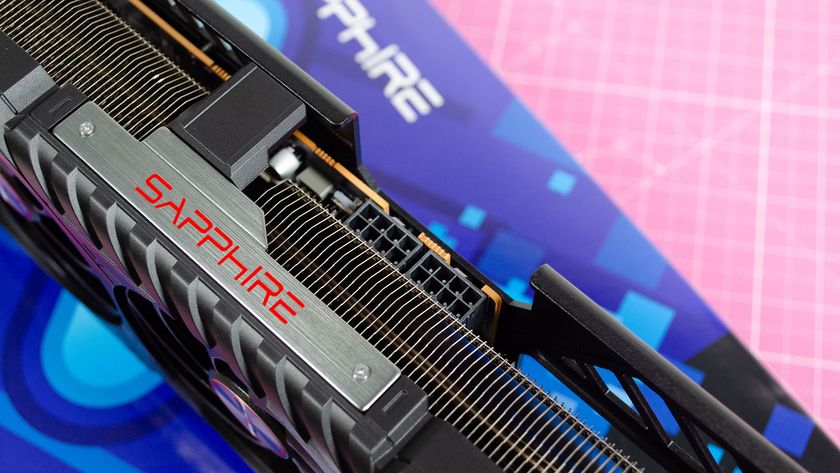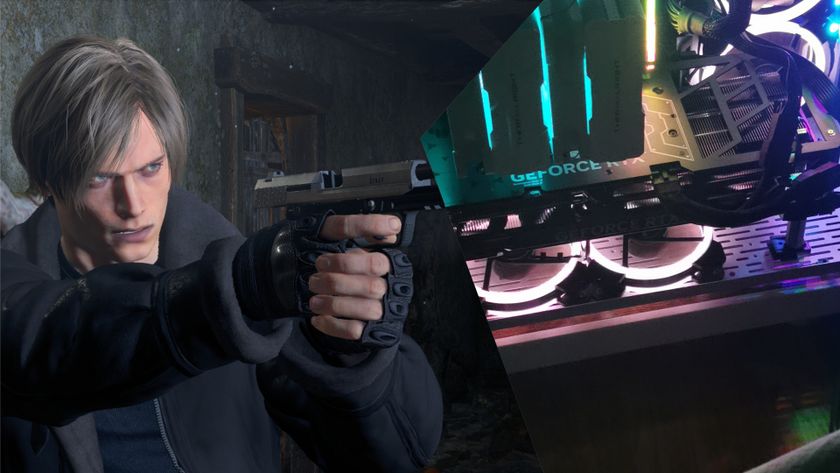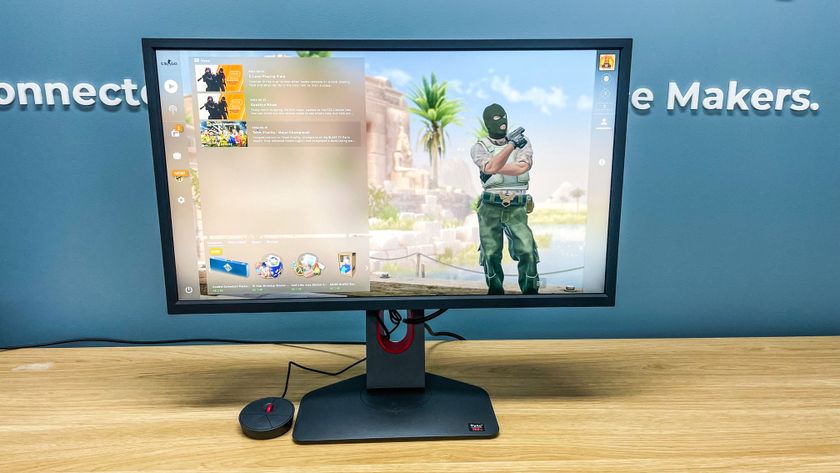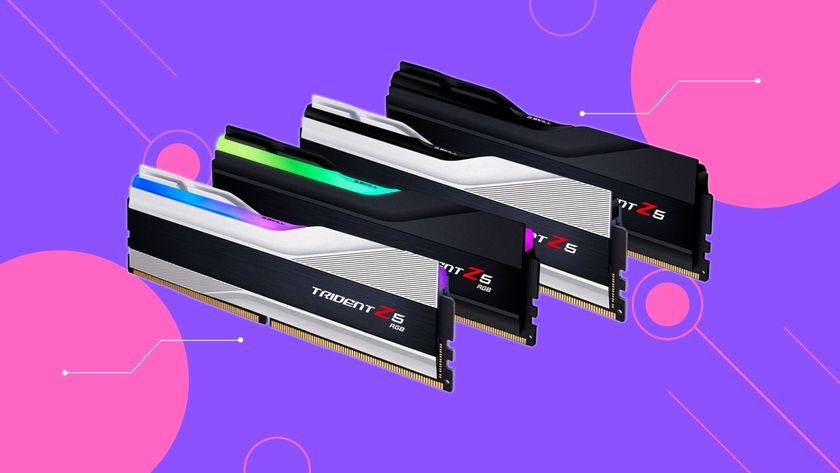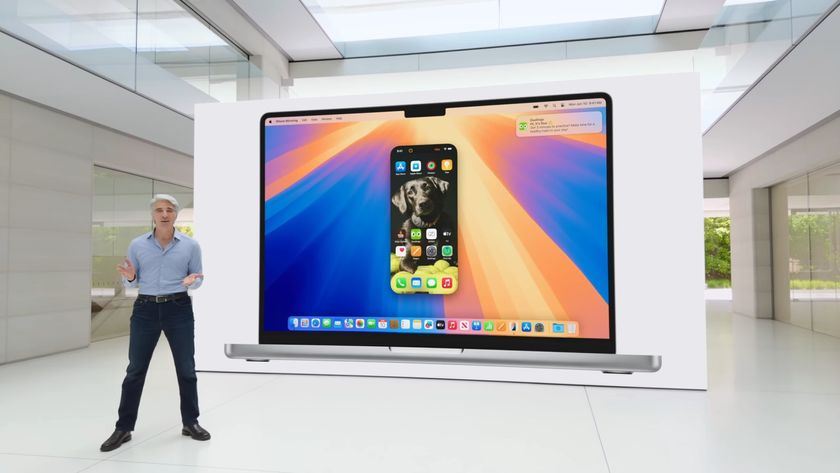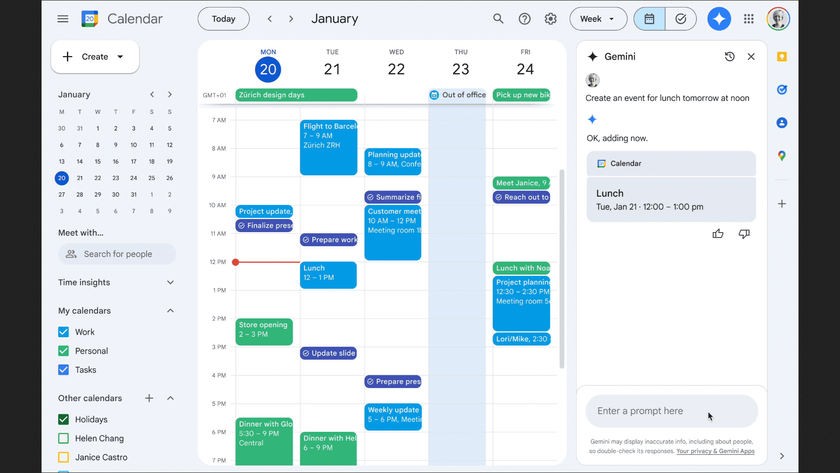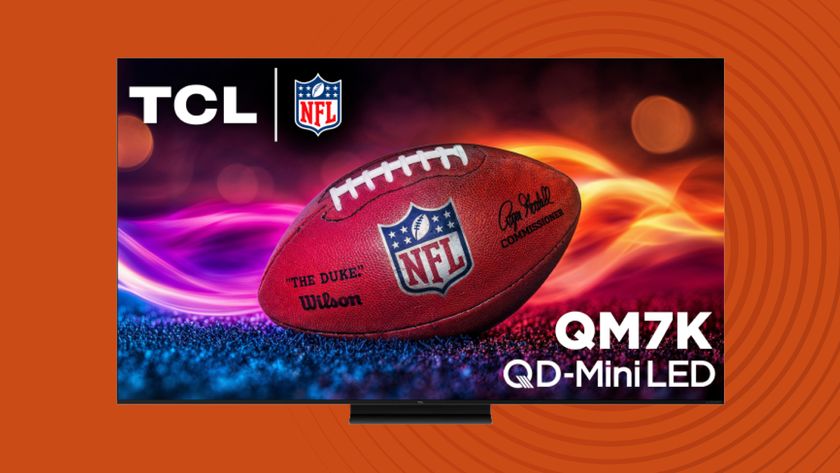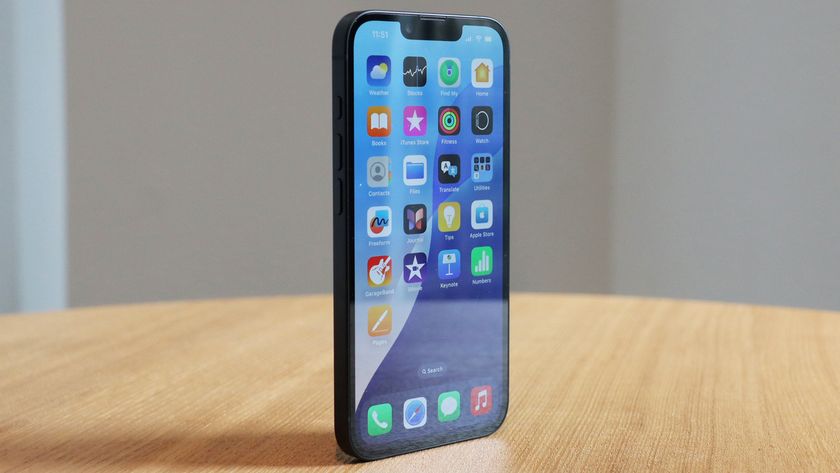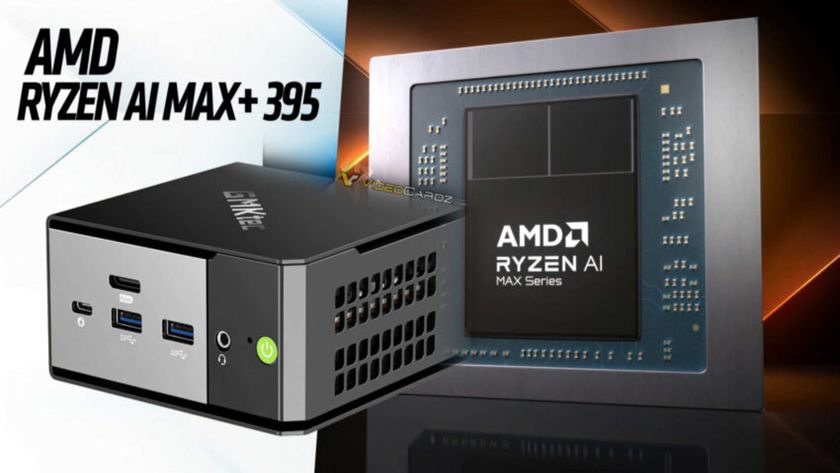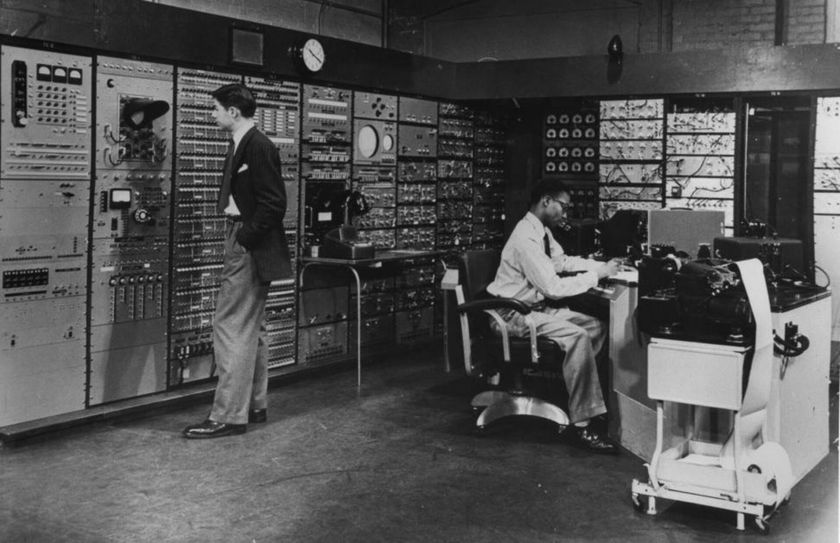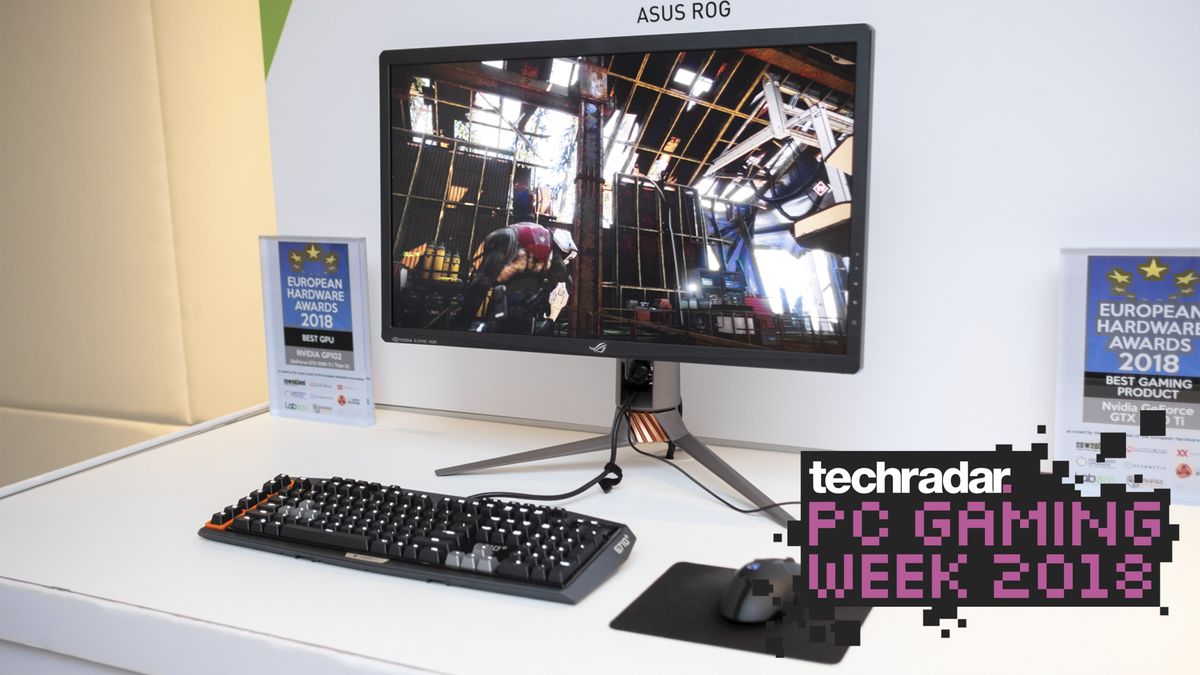
The first two Nvidia G-Sync HDR monitors, the Asus ROG Swift PG27UQ and Acer Predator X27, are bar none the best two looking gaming monitors currently on the market.
But what is an Nvidia G-Sync HDR monitor anyway?
Don’t think that Nvidia just found any old high-dynamic range (HDR) display, threw in a G-Sync module and called it a day. Nope, rather Nvidia’s Product Management Leader for Nvidia G-Sync Vijay Sharma tells us it took an extensive two years of product development working closely with both companies.
We caught up with Sharma while we were in Tapei for Computex 2018, and he essentially broke down the product development cycle into three parts.
First Nvidia works with panel manufacturers to come up with a product that has the right refresh rate, flicker properties, response time, visual quality and so on. Once a display panel is selected, Nvidia moves to display development with the OEM to actually build the display while it helps with panel tuning and on-screen display (OSD, or the menus you navigate on your monitor) development.
In the final leg of product development, Nvidia gets the finished monitor in to put it through display certification tests to check for quality, performance, color, gamut and a properly working OSD. It’s only after the testing is fully complete and everything passes does Nvidia certify a monitor and stamp it with its G-Sync logo.
Amazingly, this whole process is just what Nvidia does with all of its G-Sync monitors.
Get daily insight, inspiration and deals in your inbox
Sign up for breaking news, reviews, opinion, top tech deals, and more.
“Our very first G-Sync display went through this process, and the 27-inch HDR displays came through that same process,” Sharma says.
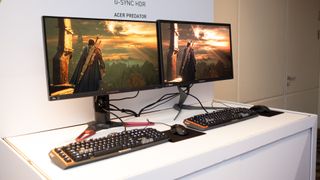
The dial goes to 11
Of course, Nvidia G-Sync HDR takes almost everything about existing monitors and dials it up to 11.
“We wanted to build a G-Sync HDR gaming display of the absolute highest performance and image quality,” Sharma tells us. “At the time two and a half years ago, there were no LCD panels available that did what we needed to do.”
Sharma says Nvidia worked with its main display partner, AU Optronic, for multiple years, and its initial plans were to develop a 27-inch, 4K, HDR and 120Hz display that would take full advantage of Display1.4 refresh.
“AUO said ‘well, the most we have is 60 hertz at the time,” Sharma says. “So, right away, it meant some work in the ecosystem to get to 120. So they got to 120, and then we said, ‘You know what? We want to overclock it.’ We're pretty demanding, so then they went back to work on it.”
After getting to the panel to overclock to 144Hz, Sharma recalls the next thing Nvidia wanted to tackle was its backlight structure and increasing the display’s overall brightness. At that time and arguably today, standard-definition monitors operate with 200-250 nits, some might get bright as 300 nits and 600 nits was a very high benchmark at the time. But Sharma’s team wanted to really step up the luminance, so they said 1,000 nits.
“I think the fellows almost fell on the floor,” Sharma jokes. “It was a big jump and this hadn't been done before in a PC gaming monitor.
When you're playing a game and something happens, an explosion or a light comes on or you look at the sun, you want a physiological response. I want to feel like this explosion just happened – that it's hot.
But there's actually no heat. It's just the physiological effect seeing extreme brightness does to you. So that's what we wanted, and to do that we need 1,000 nits.”
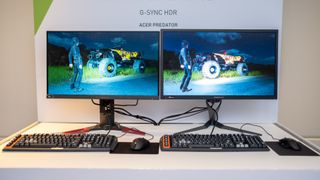
The pursuit of perfection
Beyond the sheer power and brightness Sharma wanted to harness for his G-Synch HDR displays, he also wanted to improve the monitor’s overall backlight. With most SDR displays at the time they relied on a global backlight, which often employed a string of LED around the edge of the screen to create elliptical zones across the screen.
Suffice it to say, elliptical backlights weren't going to cut it for Nvidia’s first G-Sync HDR screen, so Sharma’s team opted for a full-array direct backlight, which creates a matrix structure of LEDs all over the display.
“It was a much more complicated to design and make,” Sharma says. “From a G-Sync electronics perspective it's also much harder to manipulate and control, but that's where we settled.”
The next obvious question for the G-Sync HDR team was how many zones did they want?
“At the time, there were televisions, which were obviously much bigger than 27 inch that had on the order of 30, 24 and maybe 56 zones,” Sharma explains. “So, you could imagine that if you had 32 zones on a 55 inch television, your zone is pretty big.
Well, that's not going to do it for us, because one thing the zones let you do is achieve a very high contrast ratio,” he says. “So, after a lot of deliberation, investigation, research and trial and error working with AUO we said, OK, we need 384 zones.”
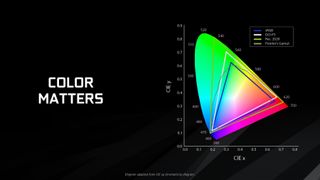
Quantum power
The last piece of the puzzle for the first Nvidia G-Sync HDR monitors was to improve the panel’s color that plays a huge role in making an HDR display.
“We wanted to make a display that matches the capabilities of the human visual system and color is a huge component,” Sharma tells us. "We need much better than sRGB color, we want DCI-P3 color and the highest possible coverage of the standard – you know, high 90% and even up to 100%.”
Sharma explains that the DCI-P3 color gamut capture 25% more of the color spectrum than SRGB – this even even includes a portion of colors that occur in nature. To achieve this, the G-Synch HDR team and AUO employed an quantum dot film that essentially acts like a programmable color filter.
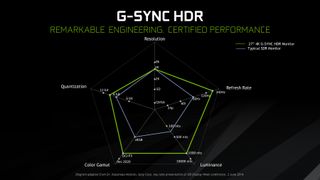
This quantum dot layer essentially changes the shade of light by changing the diameter of its matrix even if the source the illumination is only a blue light. So, for example when the quantum dots measure seven nanometers across and you pump in a blue light, the only thing that comes out of this really narrow spectrum is a green light. Then, if you were to further widen the quantum dot structure, the light would turn red.
Sharma explains that you get much more saturated colors than you would with a traditional bulb, which mixes together green, red and blue spectrums to evenly generate a white backlight. This means if you want to show a really bright blue, a traditional bulb would have to increase the amount of red and green, and in the process it desaturates the overall intensity of the blue color.
“What quantum dots let you do is crank up the backlight and you don't desaturate because your input colors are so pure,” Sharma explains. “The colors, the reds, in particular, they look like you're looking at a can of paint and it’s really saturated.”
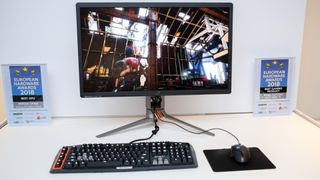
This is just the beginning
Sharma says his team is only getting started, and Nvidia’s plan is to make G-Sync HDR a new standard for the company and PC gaming in general.
“We're going to make sure that as we introduce more G-Sync HDR displays, they’ll meet the same high level of quality and performance that the first G-Sync HDR displays met and they'll improve over time,” Sharma says.
“We're excited about it,” he tells us. “I think it's one of the bigger changes in displays in a long time. There's been a few milestones in the display world. The usual and obvious one is black and white to color – that was like huge. And, then LCDs came, so that was CRTs to LCDs, and flat screen that was a transition. And, then the move to HD, that was big. And, then the move to 4K was maybe not as big, but the move to HDR I think is very big in terms of step functions.
HDR gives us a brand new roadmap, a new path to go down, so I think the refresh rates will increase, I think you'll see better color performance. I think the HDR performance is going to get better and better over time.”
- TechRadar's fourth annual PC Gaming Week is officially here, celebrating our passion with in-depth and exclusive coverage of PC gaming from every angle. Visit our PC Gaming Week 2018 page to see all of the coverage in one place.
Kevin Lee was a former computing reporter at TechRadar. Kevin is now the SEO Updates Editor at IGN based in New York. He handles all of the best of tech buying guides while also dipping his hand in the entertainment and games evergreen content. Kevin has over eight years of experience in the tech and games publications with previous bylines at Polygon, PC World, and more. Outside of work, Kevin is major movie buff of cult and bad films. He also regularly plays flight & space sim and racing games. IRL he's a fan of archery, axe throwing, and board games.
